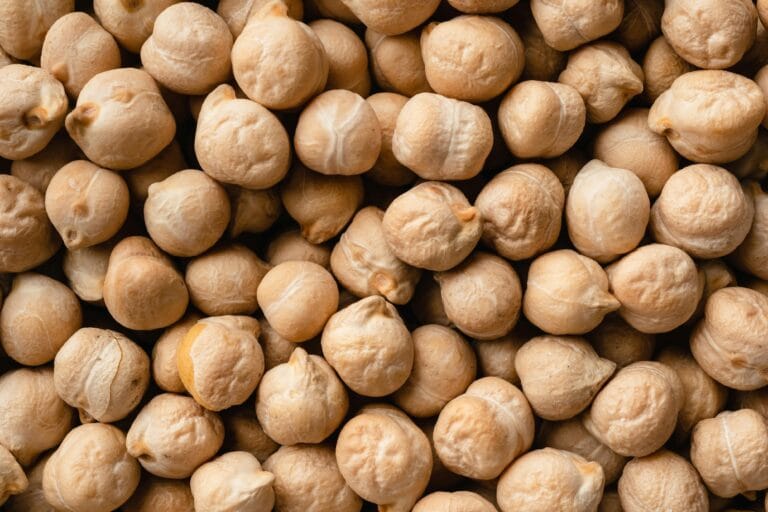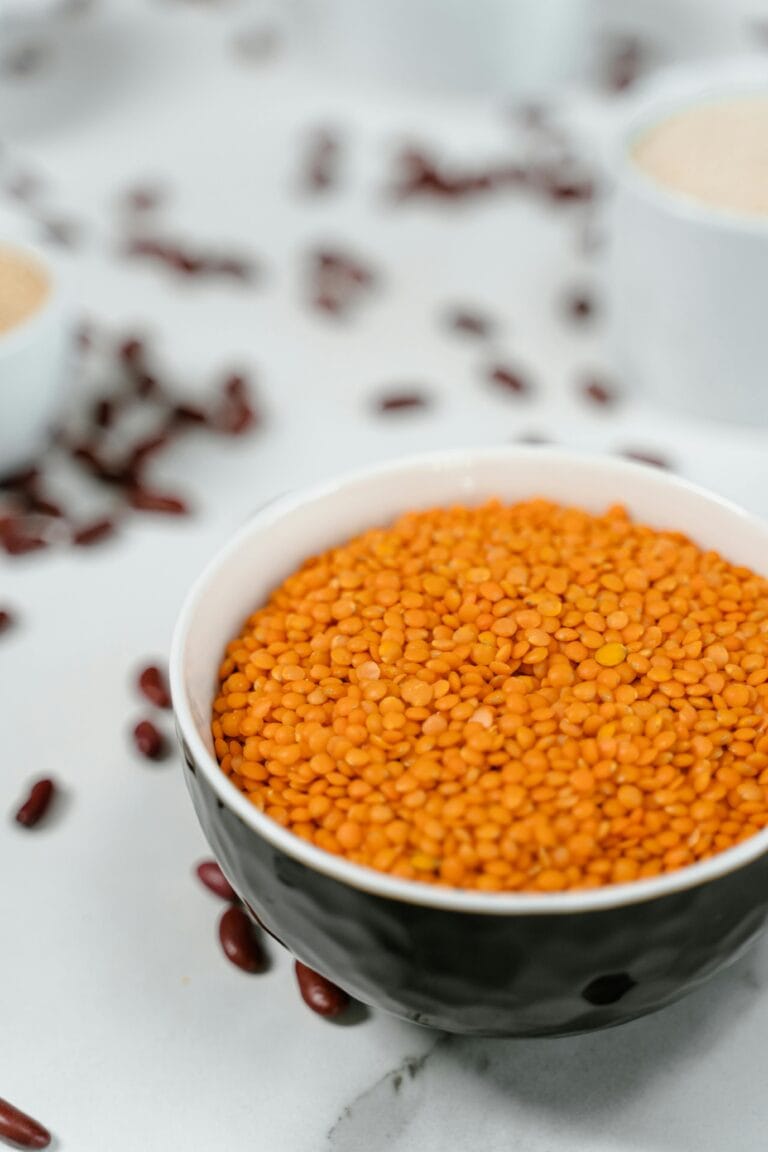Introduction to Plums
Plums are a diverse group of stone fruits belonging to the genus Prunus, which also encompasses cherries, apricots, and almonds. With hundreds of varieties cultivated across the globe, they are available in various colors, including deep purple, vibrant red, and a bright yellow hue, each possessing a unique flavor and texture. Historically, plums can be traced back to ancient civilizations in regions such as the Caucasus and Asia, where they were first domesticated. Over time, these fruits have been selectively bred, leading to the wide array of cultivars we enjoy today.
As a component of the diet, plums are not only delicious but also nutritionally valuable. They are rich in essential vitamins such as vitamin C and vitamin K, which play a critical role in maintaining overall health. Moreover, plums are a source of dietary fiber, promoting digestive health and aiding in regularity. In addition to vitamins, these fruits are noted for their antioxidant properties, primarily due to the presence of phenolic compounds and carotenoids. The health benefits attributed to these antioxidants include reducing oxidative stress and lowering the risk of chronic diseases.
Furthermore, plums can be enjoyed in a variety of forms. Fresh plums are a delightful snack, while dried varieties, known as prunes, offer additional heath benefits, particularly in promoting gut health. Juice extracted from fresh plums serves as a refreshing beverage that retains many of the fruit’s nutritional qualities. Thus, integrating plums into a daily diet can contribute to a balanced nutritional intake. Understanding the characteristics of plums and their nutritional profile paves the way for appreciating their numerous health benefits, making them an essential addition to healthy eating practices.
Health Benefits of Plums
Plums, a delectable stone fruit, are not only flavorful but also packed with essential nutrients that promote health. One of the standout advantages of consuming plums is their impressive fiber content, which is vital for maintaining digestive health. The soluble and insoluble fibers found in plums help prevent constipation by promoting regular bowel movements. Moreover, fiber plays a crucial role in fostering a healthy gut microbiome, thereby enhancing overall digestive function.
The benefits of plums extend to skin health as well. These fruits are rich in vitamins, particularly vitamin C, which is known for its antioxidant properties. Antioxidants neutralize free radicals, reducing oxidative stress that can lead to skin aging and various skin disorders. Regular consumption of plum juice or whole plums can thus promote a more youthful complexion by stimulating collagen production and improving skin elasticity.
Furthermore, plums may support heart health due to their high levels of antioxidants and vitamins, including vitamin K and phenolic compounds. These constituents work collectively to reduce inflammation, lower blood pressure, and improve lipid profiles, contributing to a healthier cardiovascular system. Studies have indicated that diets high in fruits, including plums, are linked to a reduced risk of heart disease.
Additionally, plums show promise in managing blood sugar levels, which is particularly beneficial for those monitoring their glucose intake. The low glycemic index of plums allows for gradual absorption of sugars into the bloodstream, minimizing spikes in blood sugar levels. This characteristic can aid in diabetes management and may support weight loss efforts as well, given that low-calorie, fiber-rich foods contribute to feelings of fullness, thereby reducing overall caloric intake.
In conclusion, incorporating plums into a balanced diet can yield numerous health benefits, making them a valuable fruit for maintaining optimal health and well-being.
Daily Uses and Culinary Applications of Plums
Plums, a delicious and vibrant fruit, have numerous culinary applications that allow for their incorporation into daily meals. Their succulent flesh and sweet-tart flavor make them a delightful addition to both sweet and savory dishes. Consuming plums fresh is one of the simplest ways to enjoy their nutritional benefits, including vitamin C and dietary fiber. When selecting plums, opt for those that are slightly firm yet yield gently to pressure, indicating ripeness. Proper storage in a cool place or refrigeration can extend their freshness, enabling any home cook to access this versatile fruit whenever needed.
In the realm of salads, plums can contribute a unique taste and texture. Sliced plums can elevate a standard green salad, offering a refreshing burst of flavor alongside nuts, cheese, or other fruits. Adding plums to grain-based salads is another way to enhance nutrition while providing a vibrant color contrast that entices the palate.
For those who enjoy baking, plums are an excellent ingredient in various recipes. Think plum tarts, muffins, or even crumbles that can highlight the fruit’s juicy essence. Furthermore, using plums to create preserves or jams offers a way to enjoy their flavor throughout the year. Mixing plums into smoothies or juices not only adds sweetness but also maximizes nutrient intake, making it a healthy breakfast option.
Moreover, plums can take center stage in savory dishes, such as glazes for meats or marinades, bringing a subtle sweetness and depth of flavor. When incorporated into dishes like roasted vegetables, plums can enhance the overall taste profile. Understanding when plums are in season ensures the best flavor and culinary experience, producing dishes that celebrate this underappreciated fruit. With a variety of ways to enjoy plums, they remain a valuable and versatile ingredient in any kitchen.
Producing Countries and Health Risks Associated with Plums
Plums, a nutrient-rich fruit, are cultivated across different regions globally, with major production concentrated in countries such as China, Serbia, Romania, and the United States. China dominates the plum production landscape, contributing significantly to the world’s supply. The rich biodiversity of Chinese climates supports the growth of various plum varieties, which are integral to local diets and culinary practices. In Serbia and Romania, plums are not only a staple fruit but also hold cultural significance; they are often used in traditional dishes and preserved in forms such as plum brandy. The United States, with California as the leading state for plum cultivation, contributes to both domestic consumption and exports, promoting economic growth in the agricultural sector.
Understanding the economic and cultural importance of plums in these countries highlights how integral this fruit is to food security and local traditions. Beyond the cultural aspect, it is essential to consider the health risks associated with consuming plums. One of the significant concerns relates to pesticide residues, which can be a concern in non-organically cultivated plums. It is crucial for consumers to wash plums thoroughly or opt for organic versions to minimize exposure to these chemicals. Additionally, some individuals may experience allergic reactions to plums, a condition that, while less common, necessitates awareness for those with sensitivities to stone fruits.
To ensure safe consumption of plums, individuals should adhere to guidelines that include purchasing from reputable sources and checking for quality. In summary, while plums offer numerous health benefits due to their vitamin content and antioxidant properties, awareness of their production background and potential health risks is vital for informed consumption. By understanding where this fruit comes from and how to safely enjoy it, consumers can incorporate plums into their diets healthily and responsibly.






